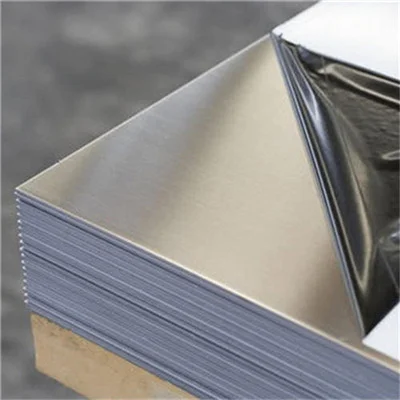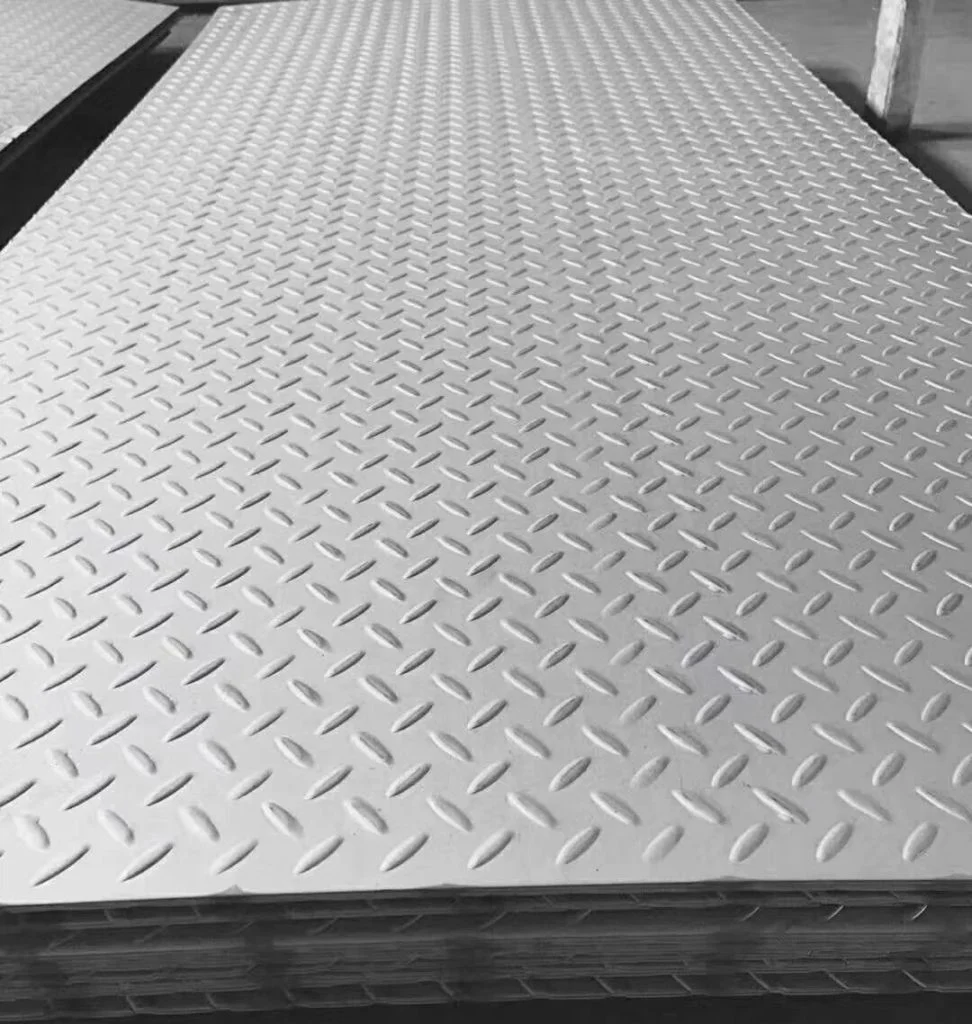If talking about choosing material for industrial, commercial, or residential use, stainless steel plate is one of the strongest and most long-lasting ones. Stainless steel plates are being used more and more in construction work, medical equipment, and other areas because they provide better corrosion resistance, strength, and durability. And then there is the second question: How long can stainless steel plate be used?
Factors Affecting Life Span of Stainless Steel Plate
Stainless steel plates are strong, but they can be influenced by the conditions that influence their life. Most important conditions influencing the life of stainless steel plate are as follows:
1. Environmental Exposure
Stainless steel is linked to corrosion resistance due to chromium in the steel alloy.
This resistance type accounts for the majority of stainless steel sheets’ lifetime, especially where exposed to water, salt, or acid. For instance, stainless steel sheets installed in marine or coastal use, where exposed to seawater and humidity, will rust in both directions after some time, even though the reason that in extremely slow rates compared to other metals. Corrosion rate will only be a function of the stainless steel grade. The 304 stainless steel, for example, with its highly corrosion-resistant property will last for a very much longer period of time in such an environment than the lower grades like 201 or 430. In corrosive environment, for example, in chemical plants, higher grade stainless steel like 316 or 316L (molybdenum content added to it for better pitting as well as crevice corrosion resistance) will once again enhance material life.
2. Stainless Steel Grade
All stainless steels are not the same. The grade that you employ will decide to a large extent how long your stainless steel plate will endure. Grades vary in the composition of alloying elements such as chromium, nickel, and molybdenum that play a role in the strength as well as resistance to corrosion, wear, and fatigue.
304 and 316 stainless steel are the most employed grades because of their strength and high corrosion resistance rate. For example, 430 stainless steel, as corrosion resistant as it is, will corrode more in aggressive conditions because it doesn’t contain the molybdenum which gives the 316 corrosion strength.
3. Surface Finish
The surface finish plays a significant role in the life of stainless steel. Surface finishes on stainless steel plates may vary from brushed to polished or matte and they regulate their corrosion and stain resistance and other wear properties.
For example, a mirror finish or passivated pickled will not only contribute appearance value but also contribute to ease of cleanability and thus prevention against corrosive agent buildup. Once more, a passivated pickled finish will give the corrosion resistance of the steel its greatest benefit, particularly if stainless steel is exposed to severe industrial applications like food processing or pharmacy.
4. Maintenance and Care
Although stainless steel is a metal that requires low maintenance, cleaning and maintenance are the only measures needed to extend its lifespan further. Stainless steel plates that have been exposed to harsh conditions like chemical exposure, excessive use, or abrasive chemicals must be cleaned from time to time in an attempt to avoid material buildup that would cause rusting or weakening. Maintenance can be conducted regularly by applying:
- Abrasive-free cleaning to prevent scratching the surface, which leads to corrosion.
- Protection through the application of protective coatings when stainless steel is exposed to a corrosive environment.
- Regular inspection for any indication of wear, corrosion, or fatigue, especially in high-risk applications like building construction structural members.
5. Mechanical Stresses and Fatigue
The life of stainless steel plates is also changing with mechanical stresses to which they are exposed. Plates under constant load, bending, or vibration fatigue crack or fail over time. In construction, aerospace, or automotive industries, stainless steel plates go through mechanical stresses that, over time, consume the material. With proper design and proper maintenance of mechanical load under operation, this type of phenomenon can be avoided and the life of the plate can be maximized.
How Long Do Stainless Steel Plates Last
Based on the above conditions, stainless steel plates can have dramatically different lives. In mild to moderate environments, stainless steel plates will last from 20 to 50 years or more. For instance:
- In corrosion-free atmospheres (inside or in factory conditions with rigid controls), stainless steel plates fabricated using the input of 304 or 316 grade stainless steel can last effortlessly for decades.
- Under aqueous or corrosive conditions, the life would be shorter but with high quality material like 316L or 904L, there is no doubt the plates will still operate even after 20-30 years or even more.
- For food industry kitchen, food processing, or hospital where sterility and non-reactive is the highest priority, stainless steel plates could be engineered to operate for 15-30 years under normal maintenance and care.
Industry Insights: Why Stainless Steel Plates Are a Smart Long-Term Investment
International Stainless Steel Forum (ISSF) market research predicts that demand for stainless steel will increase only at a steady rate in accordance with its anti-corrosion, intensity, and durability. The reality is, stainless steel is already highly utilized across most of the biggest industries, including construction, automobile, pharmacy, and food processing. This heightened demand is more a sign of the material’s economic sustainability in the long term rather than to its very high durability.
World Steel Association recognizes corrosion and oxidation resistance, as well as the excellent strength-to-weight ratio, of stainless steel as a better material for businesses requiring strong, long-lasting, and sustainable solutions.
Operating a Trustworthy Stainless Steel Plate Distributor: Qingdao Sunrise New Material Co., Ltd.
For purchasing high-quality stainless steel plates, Qingdao Sunrise New Material Co., Ltd. is a trusted supplier with a good reputation for competitive price, prompt delivery, and intact products. Qingdao Sunrise supplies stainless steel plates of different grades, e.g., 304, 316, 430, etc., of different thickness and sizes to meet the needs of an extremely wide range of applications.
Qingdao Sunrise New Material will provide high-strength and high-performance stainless steel products relying on the strength of its solid supply chain and strategic cooperation with foreign steel mills such as Baosteel, POSCO, and Taiyuan Iron and Steel.
Main Specifications of Sunrise New Material Stainless Steel Plates:
- Grade Available: 304, 316, 316L, 304L, 430, 420, 310S, 2205, etc.
- Thickness:0.3mm to 50mm, and custom size according to your requirement.
- Sizes: Width 600mm – 2500mm, and Length 1m – 12m, or as per customer requirement.
- Specifications:AISI, ASTM, DIN, JIS, GB, EN standard.
With over a single production line and a very established quality inspection system, Sunrise New Material manufactures stainless steel plates to be produced at the best level and on-time delivery to meet urgent needs. With the company’s qualification of ISO9001:2015 and the enormous production capability of the company, European, Middle East, South America, and Africa industries bank on it as a reliable partner.








